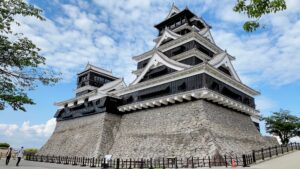The Japan Rail Pass has long been seen as a must-buy for travelers exploring Japan by train. However, after the major price hike in 2023, many tourists planning trips in 2025 are questioning whether it still provides good value. This article will guide you through up-to-date prices, real-world itinerary examples, and smart alternatives to help you make an informed decision.
What Is the Japan Rail Pass and How It Works
The Japan Rail Pass (JR Pass) is a special all-you-can-ride train ticket offered exclusively to foreign tourists visiting Japan under a temporary visitor visa. It allows unlimited travel on most Japan Railways (JR) trains, including the famous Shinkansen bullet trains (except Nozomi and Mizuho services), limited express, rapid, and local lines. The pass also covers certain JR buses and ferries, such as the JR Miyajima ferry.
As of 2025, prices for the Japan Rail Pass are:
| Type | Duration | Ordinary | Green (First Class) |
| Japan Rail Pass | 7 days | ¥50,000 | ¥70,000 |
| Japan Rail Pass | 14 days | ¥80,000 | ¥110,000 |
| Japan Rail Pass | 21 days | ¥100,000 | ¥140,000 |
Only foreign visitors can purchase the JR Pass, and it must be activated within three months of purchase. You can activate it at major JR stations and airports, setting the start date for your first day of travel. Once activated, seat reservations can be made at ticket offices or online using JR’s digital reservation system.
Japan’s railway network is operated by six regional JR companies: JR East, JR Central, JR West, JR Kyushu, JR Hokkaido, and JR Shikoku. The national JR Pass covers all of them, making it ideal for travelers visiting multiple regions across the country.
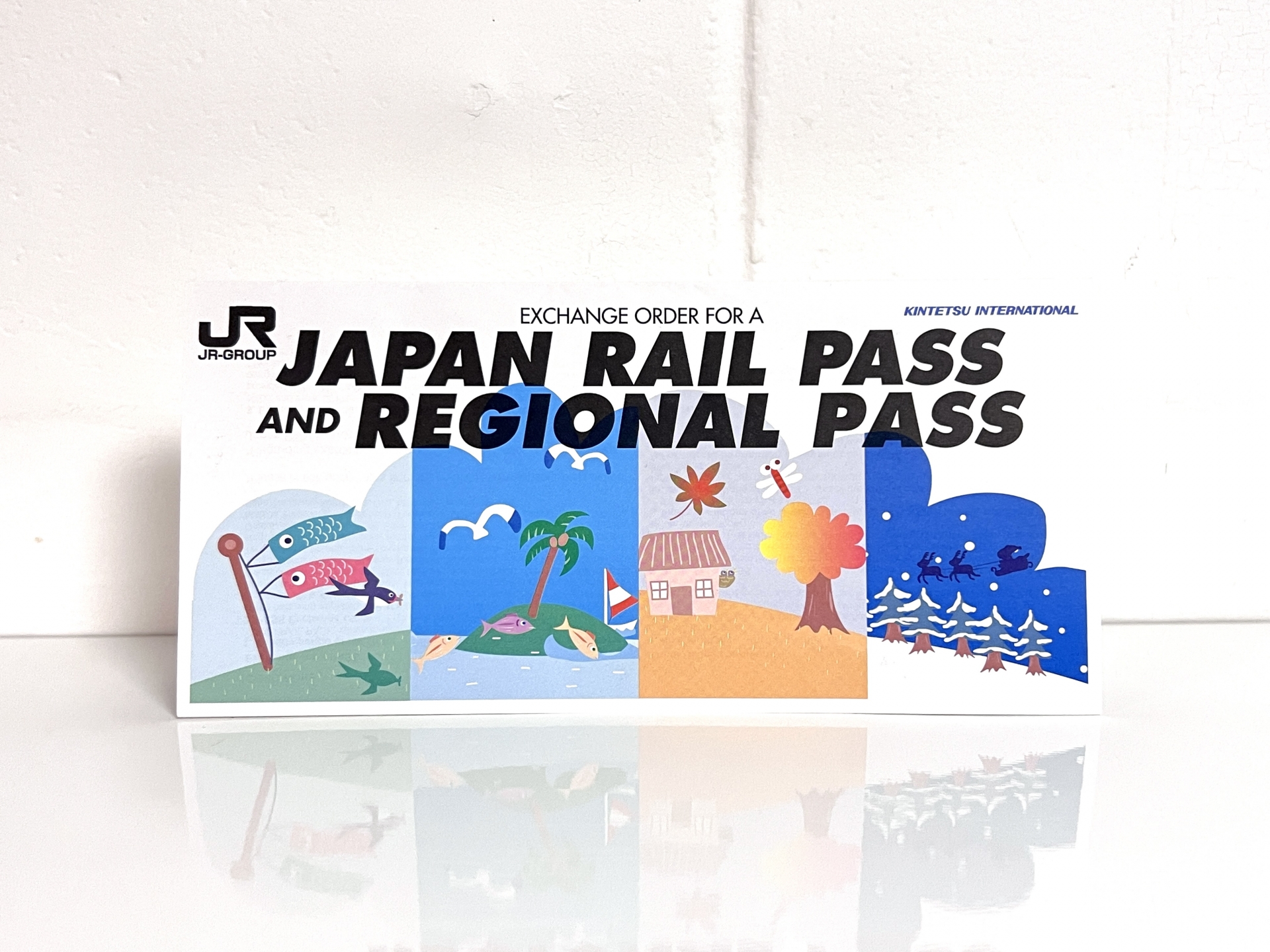
The 2025 Price Increase and What Changed
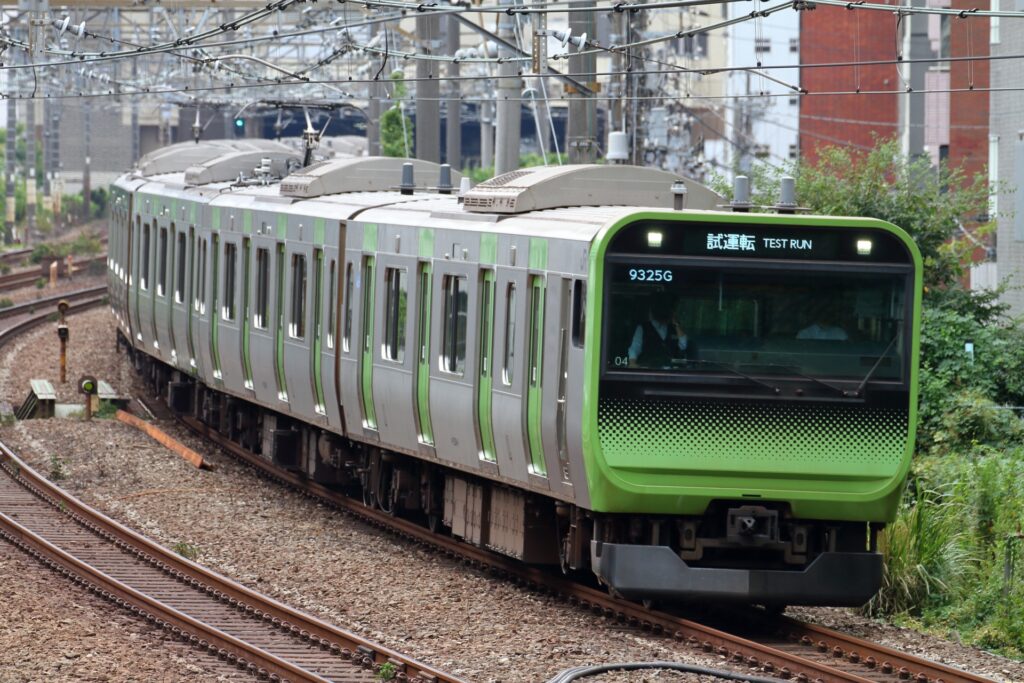
In October 2023, the JR Pass underwent a significant price increase of around 65–70%, the first major hike in decades. This change has carried through into 2025, reshaping how travelers evaluate the pass’s value.
| Period | 7-Day Ordinary | 14-Day Ordinary | 21-Day Ordinary |
| Before Oct 2023 | ¥29,650 | ¥47,250 | ¥60,450 |
| After Oct 2023 | ¥50,000 | ¥80,000 | ¥100,000 |
JR cited rising operational costs, inflation, and post-pandemic tourism demand as primary reasons for the increase. The Green Car (first-class) option also saw a proportional hike, though it now offers a slightly improved reservation experience and access to quieter, more comfortable cabins.
Despite the price change, some high-speed trains such as the Nozomi and Mizuho remain excluded from the JR Pass. However, JR introduced a new digital reservation platform after 2023, allowing users to book seats online, making travel planning more seamless.
Cost Comparison — JR Pass vs. Individual Tickets
Here’s how the 2025 math looks for common itineraries:
| Route | Regular Tickets (¥) | 7-Day JR Pass (¥50,000) | Savings (+/–) |
| Tokyo → Kyoto → Osaka → Hiroshima | ~¥55,000 | ¥50,000 | +¥5,000 |
| Tokyo → Kanazawa → Kyoto | ~¥36,000 | ¥50,000 | –¥14,000 |
| Tokyo → Sapporo | ~¥44,000 (one way) | ¥50,000 | –¥38,000 (roundtrip needed) |
The break-even point typically comes after two to three long-distance Shinkansen trips. For travelers planning extensive journeys—like the Golden Route plus Hiroshima—the pass still offers solid value. But for single-region or shorter trips, individual tickets are usually cheaper.



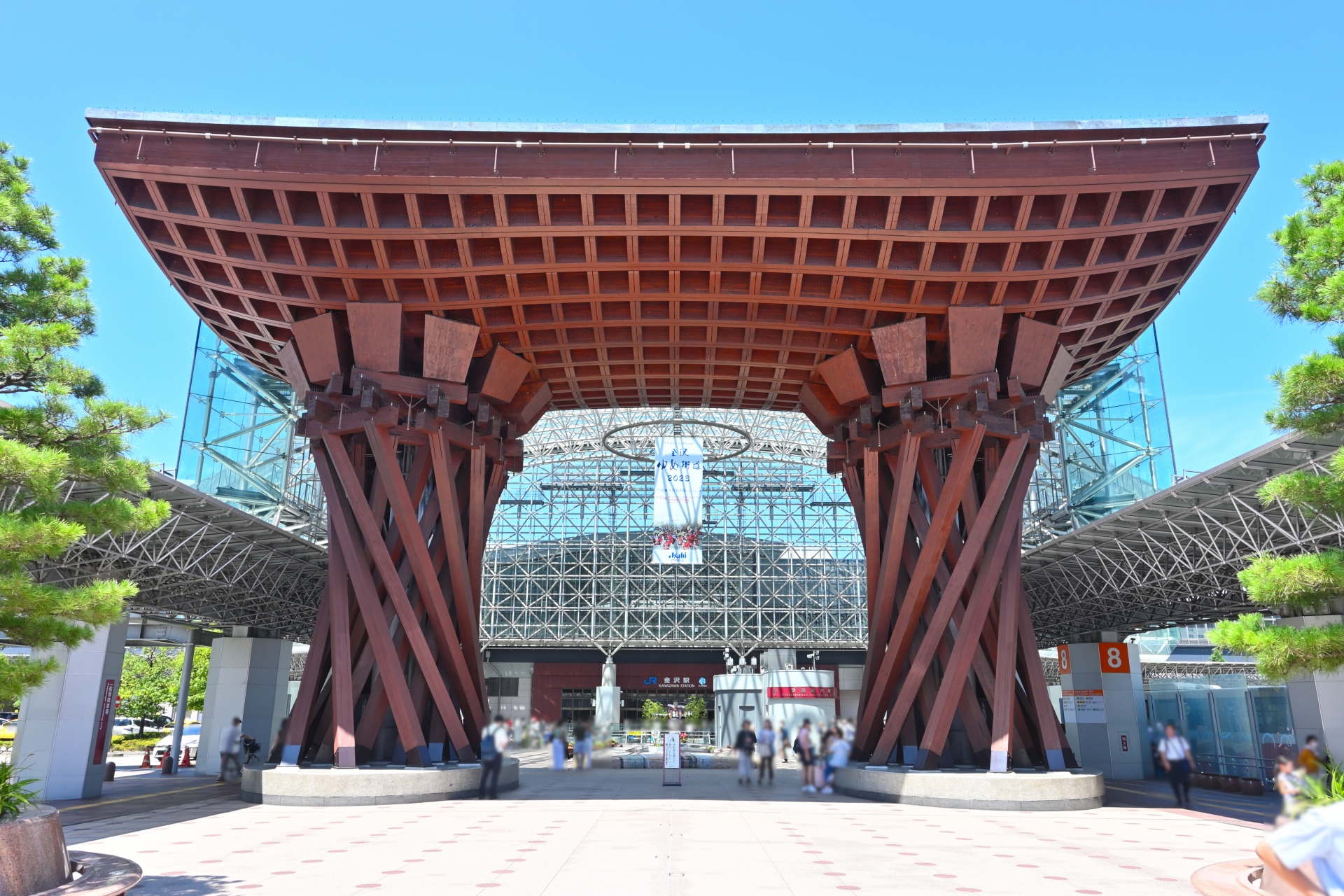
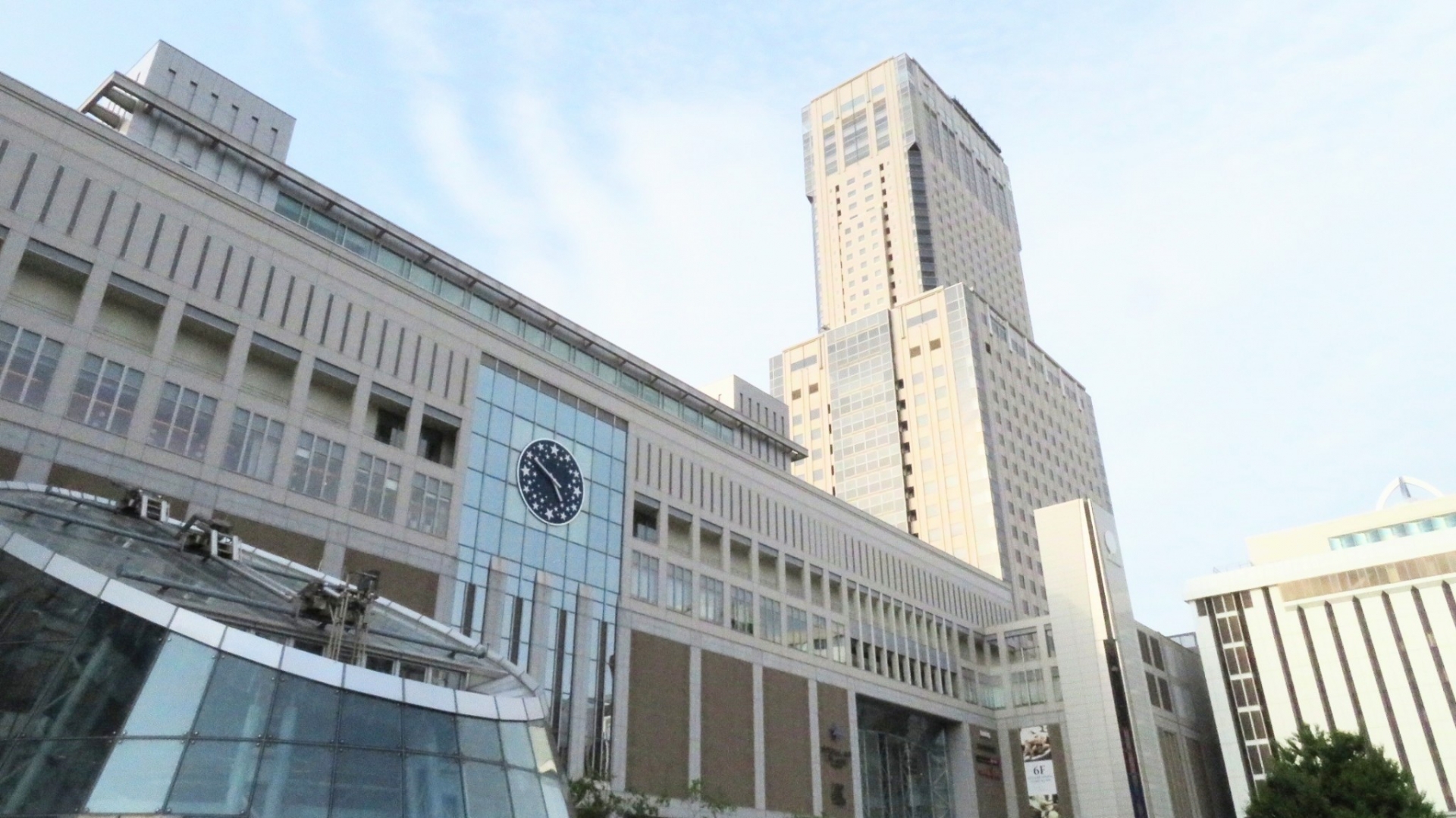
When the Japan Rail Pass Is Worth It
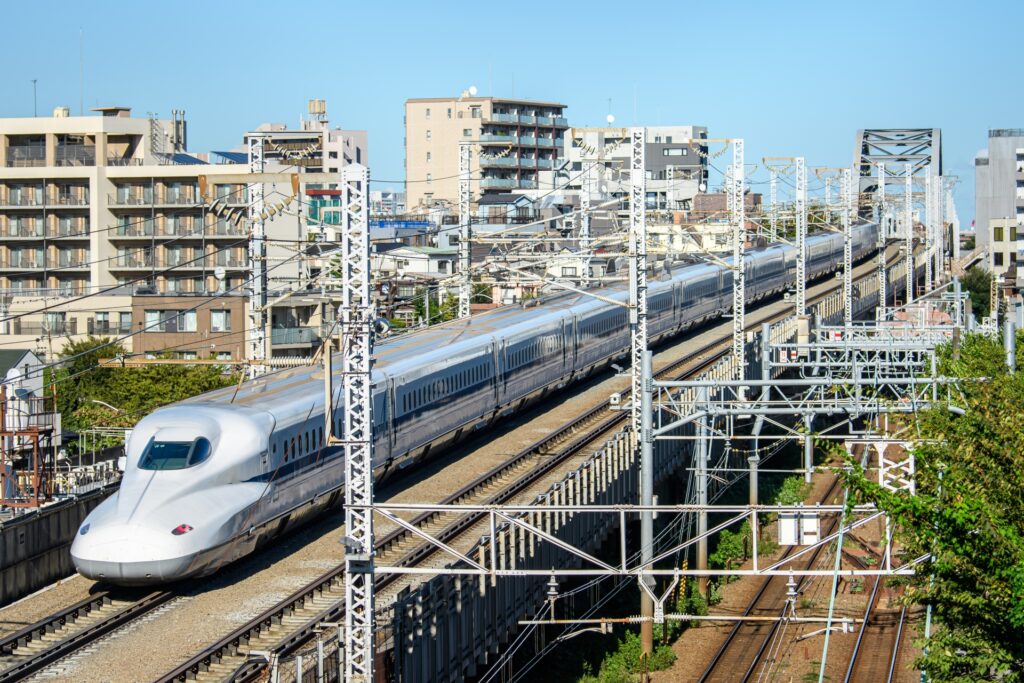
The JR Pass remains worthwhile in these situations:
- Multi-city itineraries: Tokyo, Kyoto, Osaka, Hiroshima, or beyond.
- Travelers who value convenience: Skip ticket machines and enjoy unlimited rides.
- Families or groups: Simplifies logistics and saves time.
Pro Tip: If your itinerary includes three or more long-distance Shinkansen rides, the JR Pass usually pays off.
For those exploring widely in 7–14 days, the peace of mind and flexibility often justify the cost—even if savings are modest.
When the Japan Rail Pass Is Not Worth It
If you’re staying primarily in one region—say, Tokyo or Kansai—the pass won’t pay off. For example:
| Trip | Individual Tickets (¥) | JR Pass (¥) | Difference |
| Tokyo → Kyoto (roundtrip) | ¥28,000 | ¥50,000 | –¥22,000 |
| Osaka → Hiroshima (roundtrip) | ¥21,000 | ¥50,000 | –¥29,000 |
Short itineraries, single-region trips, or those including domestic flights (e.g., Tokyo–Okinawa) are better served by regional passes or individual fares.
Alternatives to the National JR Pass
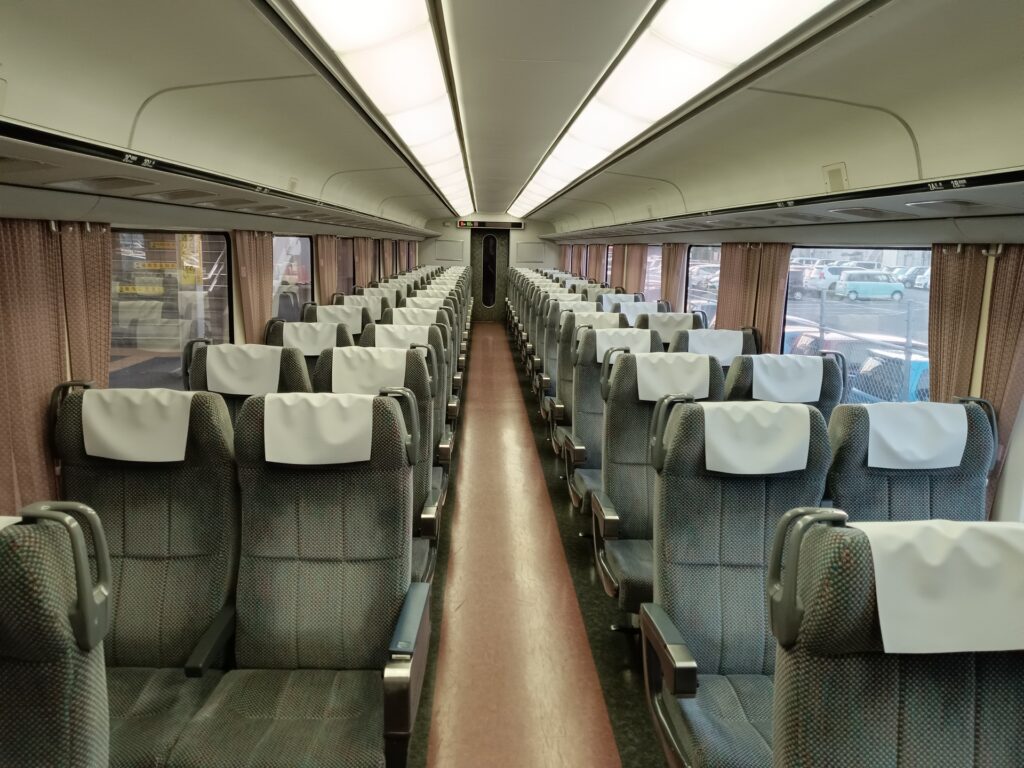
Regional passes offer localized value and flexibility:
| Region | Pass Name | Duration | Approx. Price | Best For |
| JR East | Tokyo Wide Pass | 3 days | ¥15,000 | Kanto, Nikko, Karuizawa |
| JR West | Kansai-Hiroshima Area Pass | 5 days | ¥17,000 | Kyoto, Osaka, Hiroshima |
| JR Kyushu | Kyushu Rail Pass | 3–7 days | ¥18,000–¥25,000 | Fukuoka, Nagasaki, Kagoshima |
| JR Hokkaido | Hokkaido Rail Pass | 5–7 days | ¥27,000 | Sapporo, Hakodate, Asahikawa |
| JR Shikoku | All Shikoku Pass | 3–7 days | ¥14,000–¥22,000 | Local sightseeing in Shikoku |
Combining multiple regional passes or pairing them with one-way tickets can often outperform the nationwide JR Pass for focused itineraries.
Pro Tips to Maximize Your JR Pass Value
- Start on your first long-distance day. Don’t activate at arrival—wait until your first Shinkansen ride.
- Use it for airport transfers like Narita Express or Haruka Kansai Express.
- Take day trips such as Kyoto→Nara or Osaka→Himeji.
- Book seats online through JR’s digital platform.
Quick checklist: ✅ Plan 3+ long-distance rides
✅ Reserve seats early during peak seasons
✅ Leverage airport and local transfers
✅ Combine with IC cards (Suica/PASMO) for flexibility
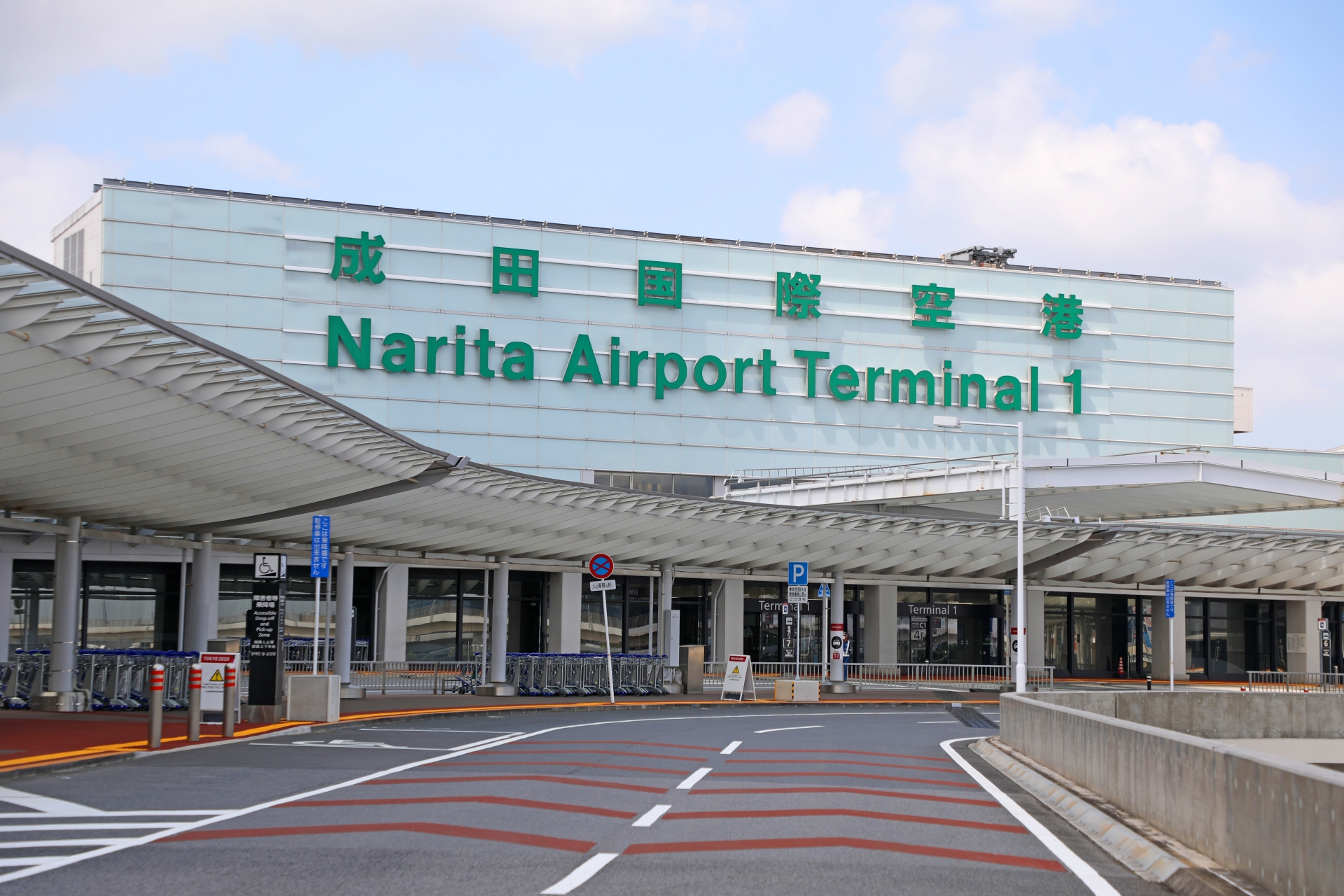
Example Itineraries Showing When It Pays Off (2025 Rates)
7-Day Classic Golden Route (Tokyo → Kyoto → Osaka → Hiroshima → Tokyo)
Individual tickets: ¥55,000 | JR Pass: ¥50,000 → Saves ¥5,000
14-Day North-to-South Journey (Tokyo → Kanazawa → Kyoto → Fukuoka)
Individual tickets: ¥88,000 | JR Pass: ¥80,000 → Saves ¥8,000
Regional Focus Trip (Tokyo → Nagano → Kanazawa → Tokyo)
Individual tickets: ¥36,000 | JR Pass: ¥50,000 → Not worth it
Final Verdict — Is the Japan Rail Pass Worth It in 2025?
For travelers planning to explore multiple cities such as Tokyo, Kyoto, Osaka, and Hiroshima, the Japan Rail Pass remains one of the most practical and recommended purchases in 2025. Despite the 2023 price increase, the pass continues to offer outstanding value in convenience, flexibility, and time savings—especially for those taking several long-distance train rides.
The pass eliminates the hassle of buying separate tickets, allows easy access to JR’s extensive network, and lets you make quick, spontaneous travel decisions without worrying about costs. For families, groups, and travelers who want to see the best of Japan by rail, it’s still one of the smartest investments for a seamless journey.
Even though regional passes and individual tickets can be more economical for limited itineraries, the nationwide JR Pass is still the go-to choice for those who want to travel freely, discover more regions, and maximize their time in Japan.
✈️ Ready to experience Japan with freedom and ease?



